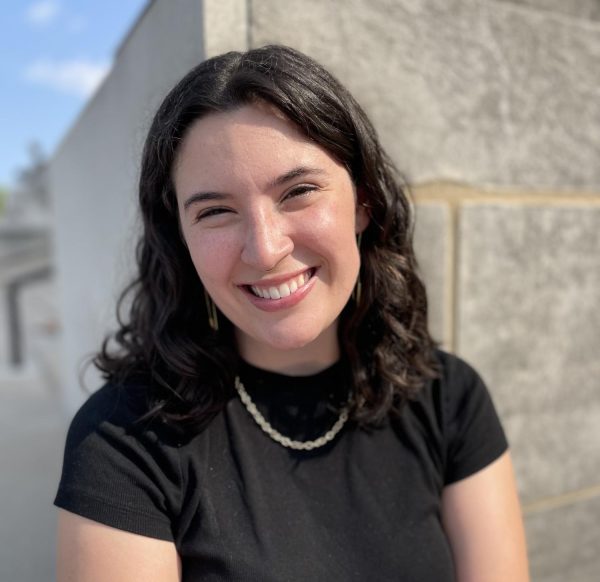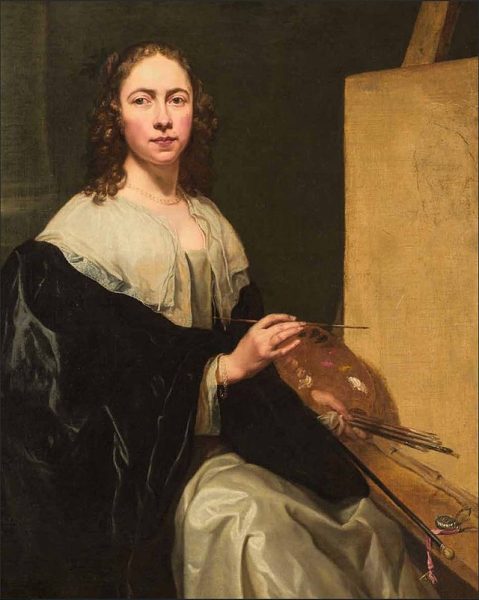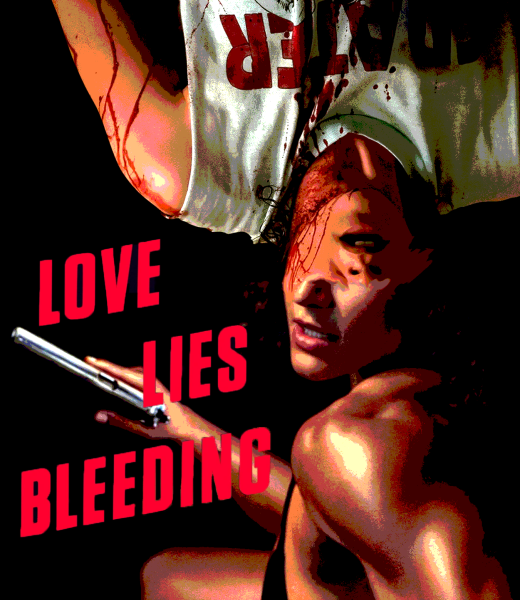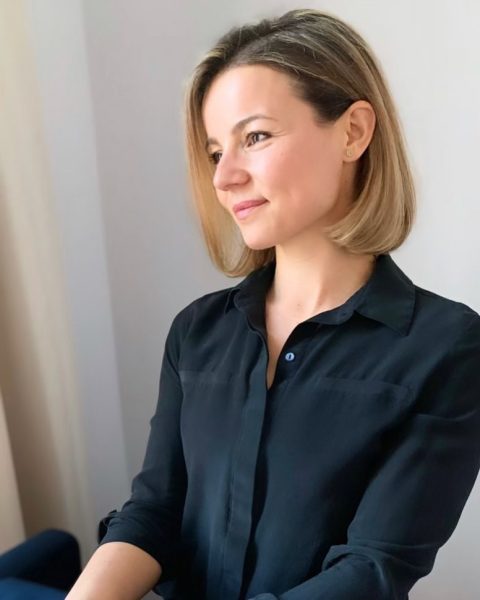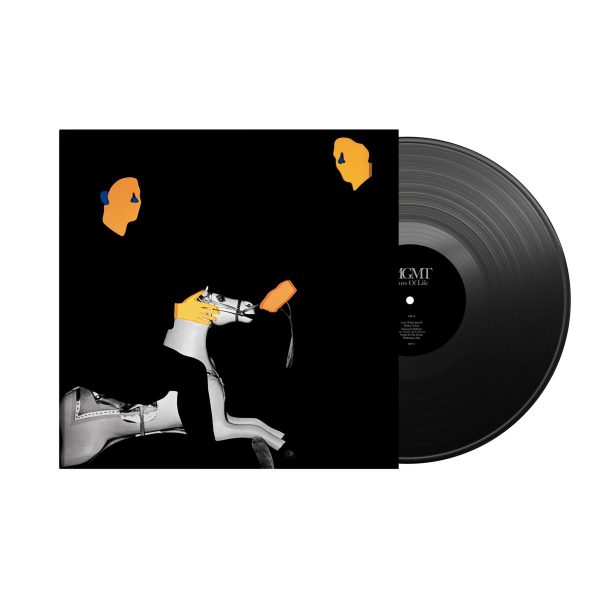Healing and restorative art experiences in St. Louis
As one striking exhibition comes to a close, a powerful socially-engaged piece takes form in the STL art scene this month. The Pulitzer Arts Foundation celebrated the last weekend of Barbara Chase-Riboud’s “Monumentale: The Bronzes” with a closing reception featuring jazz pianist Ptah Williams.
The exhibition featured 25 of Chase-Riboud’s pieces alongside 20 works on paper, including her internationally acclaimed poetry. Chase-Riboud, 83, is the first woman of color to receive an MFA at the Yale School of Art. Her written work and sculptural pieces are recognized globally and continue to be in rotation at some of the greatest art museums. Chase-Riboud’s pieces are, in short, monumental. Her life-size works balance hard mediums with soft, using textiles like rope and thread to lighten the appearance of brass.
“[Her pieces] memorialize under-recognized historical figures, often women and people of African descent,” said Heather Alexis Smith, the curatorial associate.
Pianist Ptah Williams performed a solo piano set, situated in the lower main gallery surrounded by Chase-Riboud’s sculptural pieces. One of Chase-Riboud’s most notable pieces, a brass sculpture, was included in the exhibition. “Le Manteau,” or “Cleopatra’s Cape” features hundreds of hand-made brass tiles “sewn” together to create a tall, draping cape. The piece sat in a dark room with a glowing light above, highlighting its glorious aura.
Student Erin Conley attended the event, admiring the way that the Pulitzer Foundation directs its events.
“[The Foundation] offers space for the community to gather and rest. It was special to celebrate togetherness, the physical art in the gallery, and the art played by the pianist,” said Conley.
While this exhibition closes at the Pulitzer, the Luminary, another gallery, looks to new beginnings with a powerful exhibition titled “Bound By Blood,” a storytelling piece narrating accounts of fatal state violence. It features several portraits and video stories of women whose loved ones died in jail custody, killed by police. Alongside their families, these women celebrated the lives of their loved ones with libations pouring, saying their names aloud. Their names are Cortez Bufford, Cary T. Ball Jr., Isaiah Hammet, Bam Bam Kang, Kevin “KJ” Johnson Jr., Deilo Rodgers and Larry Miller.
In one corner of the studio, attendees could view video interviews where the women shared the stories of those lost, as well as the important stories of how they were killed.
On another wall, vibrant photograph portraits exemplified the strength of these women and their stories. While a celebration of the lives of those lost, the event was incredibly intentional in creating social engagement. Every seat in the gallery was filled, with groups of individuals crowding the sides and back of the space.
As an art piece, “Bound By Blood” created the discomfort necessary to solidify the devastating reality of fatal state violence. The audience’s appreciation of these women’s vulnerability was seen clearly in the thoughtful looks, tears shared and gentle nods while viewing the pieces. For the women who so graciously shared their stories, this art piece acts as a healing experience.
It is one thing to view a story of fatal state violence on the news or online, it’s another to meet a family affected in person. Moreover, it is entirely moving to see the two pieces come together, connecting the abstract stories we see online to the personal traumas affecting communities.
Both exhibitions validate the healing power of art, as well as its capacity to create a celebration. The Luminary and the Pulitzer Arts Foundation provide ongoing programs and rotating exhibitions. To learn more about current exhibitions, check out their websites https://theluminaryarts.com/ and https://pulitzerarts.org/.
Your donation will support the student journalists of Saint Louis University. Your contribution will help us cover our annual website hosting costs.
